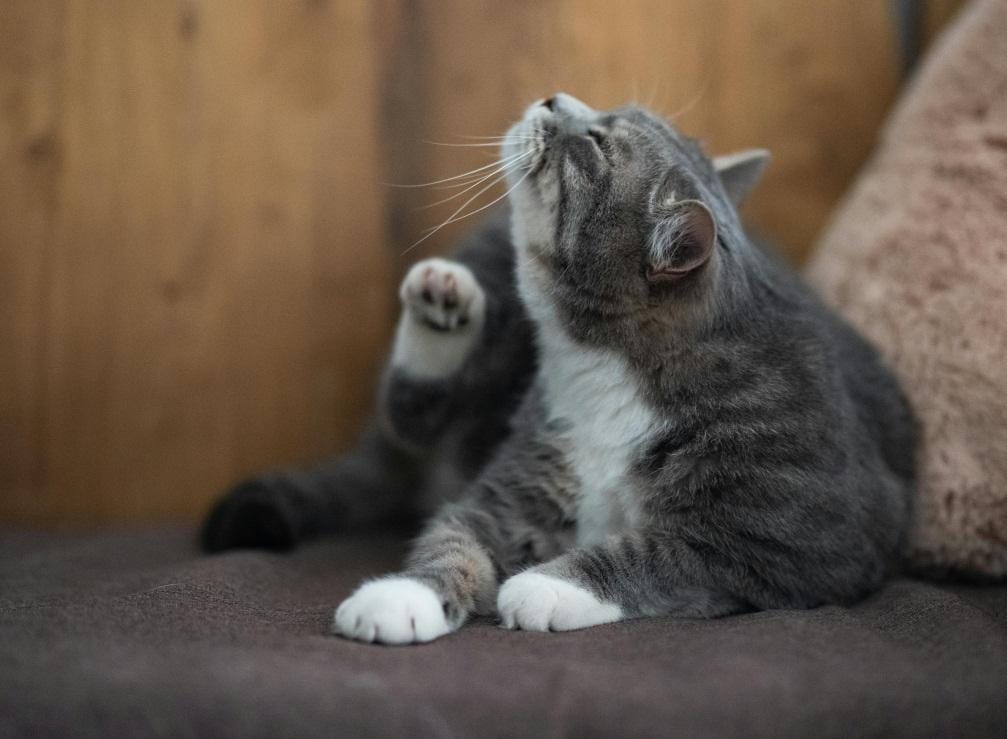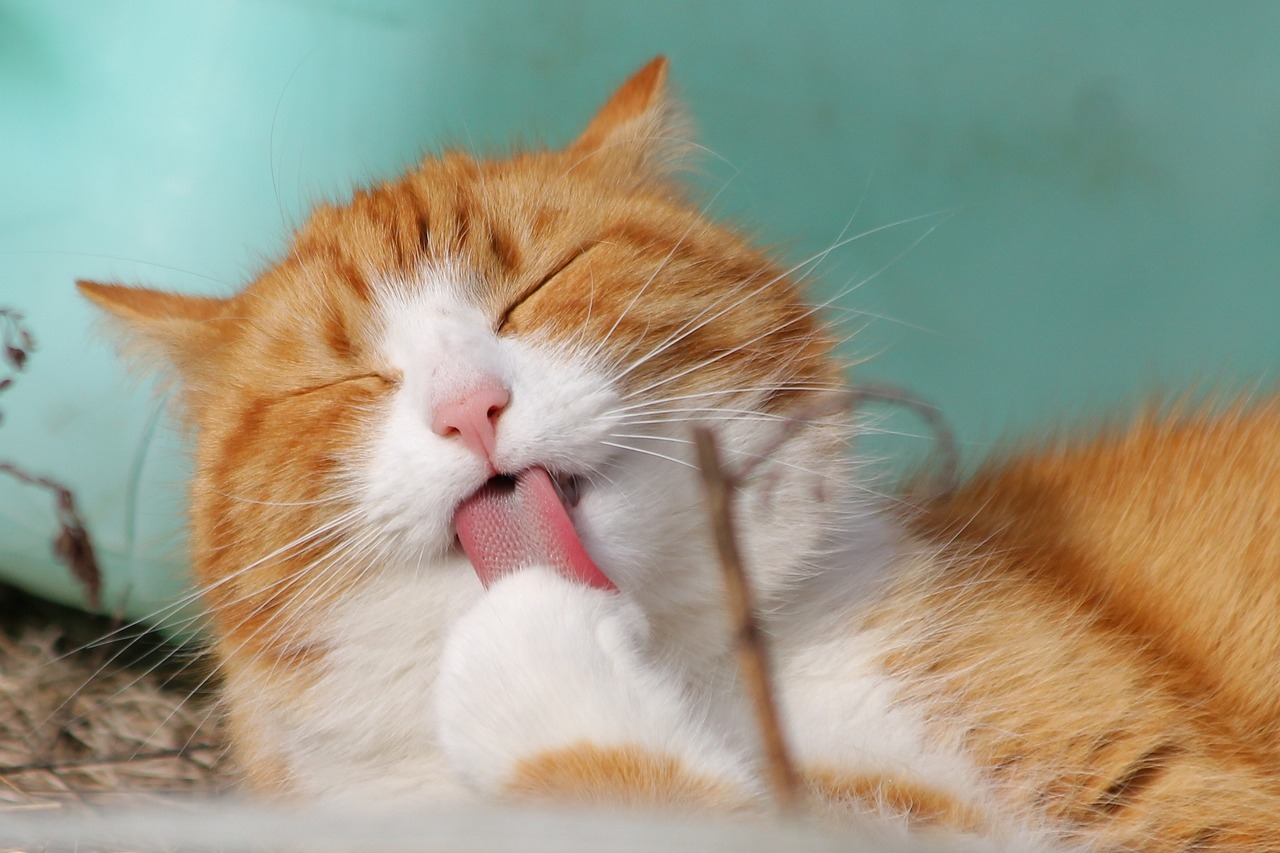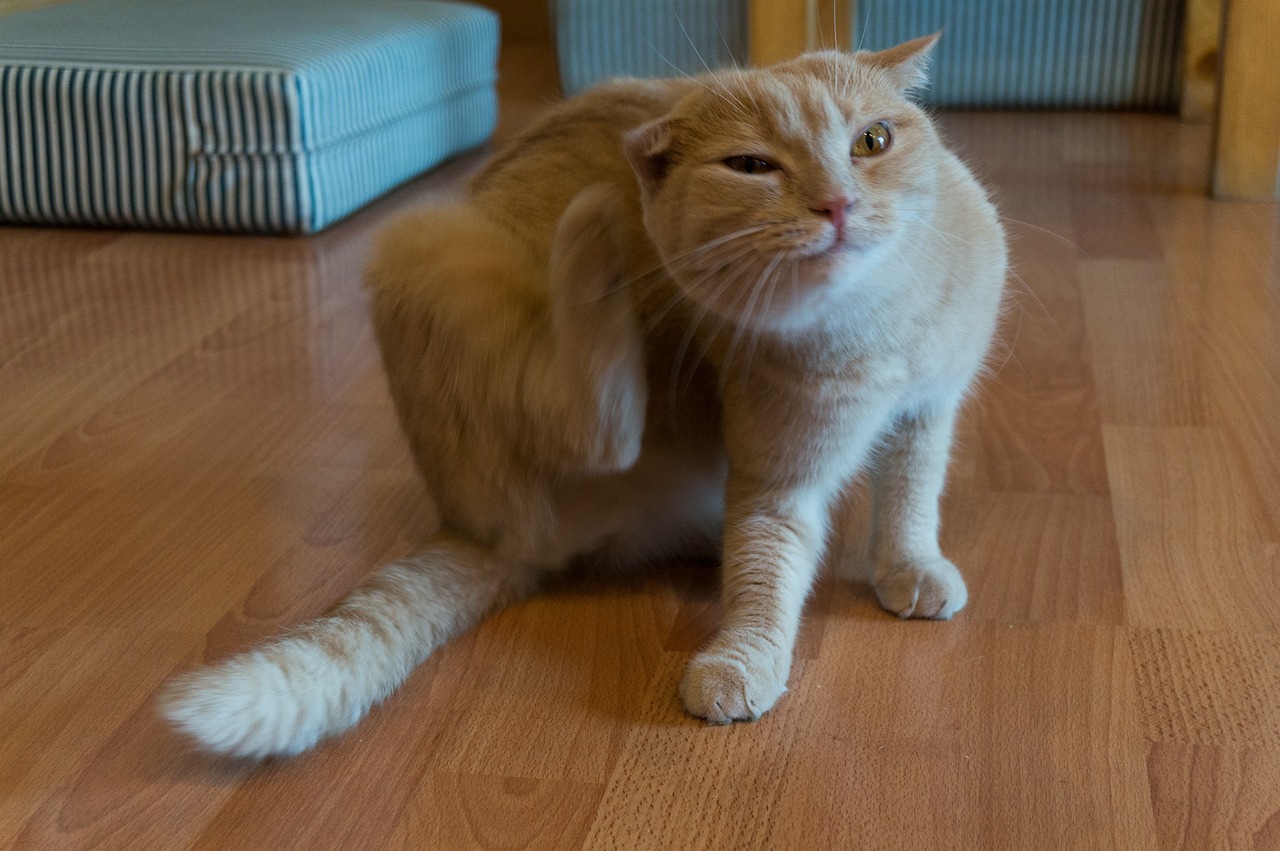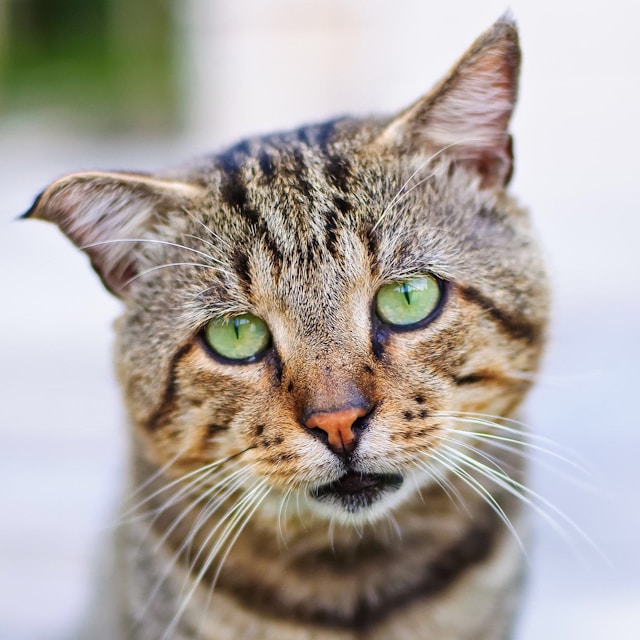Arthritis and Cats
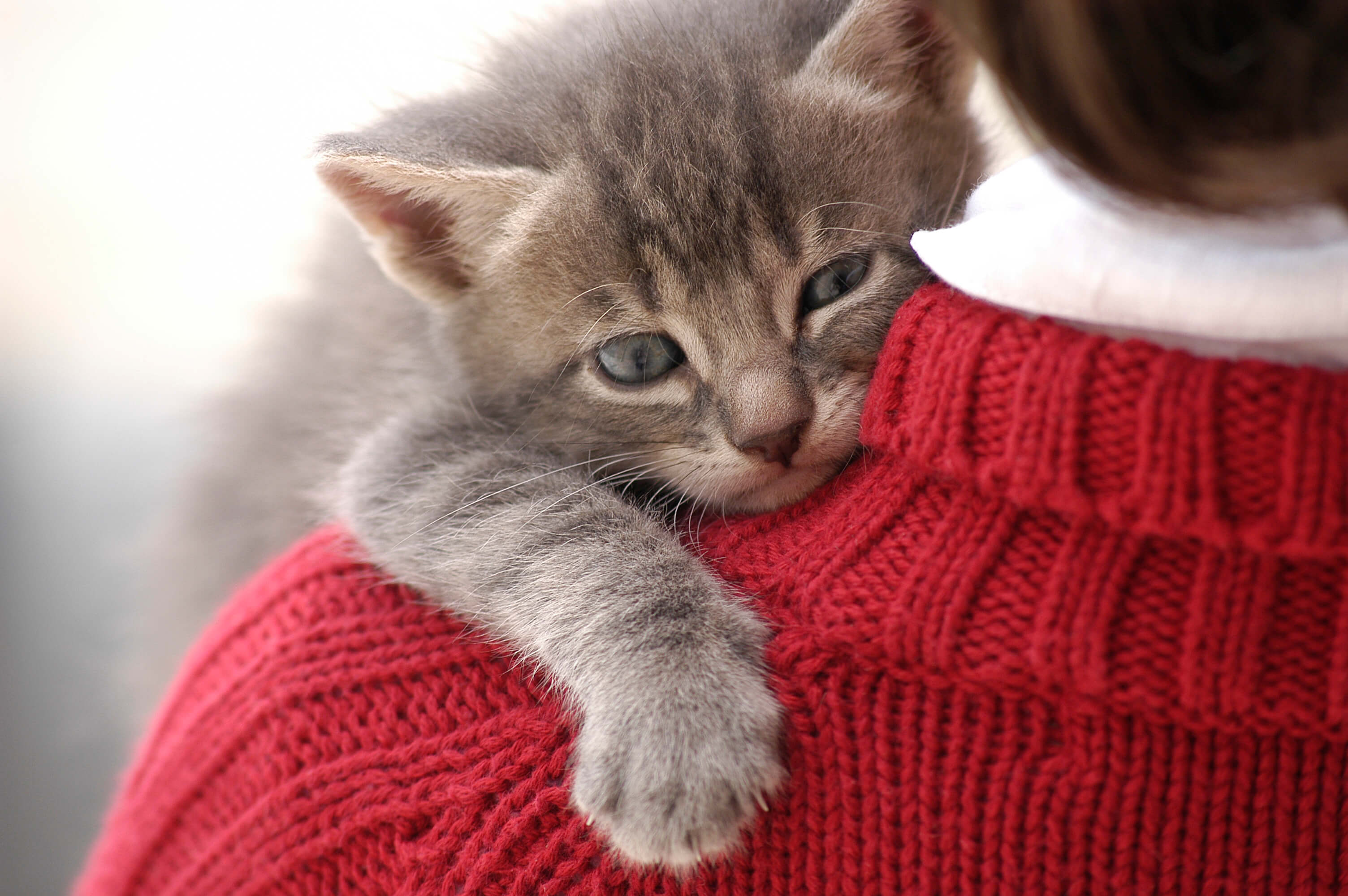
A Common but Overlooked Painful Condition in Cats
Cats are masters at concealing signs of aging and discomfort, which can often mislead even the most attentive pet owners. Subtle changes in behavior may be easily dismissed. For instance, you could attribute your cat's reduced jumping to old age or a few extra pounds. However, it's crucial to recognize that these variations in behavior might indicate a painful condition frequently overlooked in cats: arthritis.
Understanding Cat Arthritis
Cat arthritis is a degenerative and painful disease characterized by joint inflammation. It typically affects a cat's elbow joints or spine, although other joints, including multiple ones, may also be involved. While commonly associated with aging, cats can develop arthritis due to injuries or autoimmune disorders. This ailment can strike cats of any breed.
Signs of Cat Arthritis
Symptoms of cat arthritis encompass:
-
Stiffness
-
Limited mobility
-
Difficulty in rising, lying down, walking, climbing, or jumping
-
Changes in posture while using the litter box
-
Muscle loss
-
Swollen joints
-
Audible grating sounds in the joints
Dr. Cori Gross, a veterinarian based in Seattle, highlights that many signs of feline arthritis often go unnoticed. She explains, "Owners usually report decreased jumping and increased slowing down. They assume their cat is aging, and they can do nothing." Dr. Gross adds that one perplexing symptom for cat owners is "inappropriate elimination around the home."
Diagnosis of Cat Arthritis
Diagnosing arthritis in cats typically involves a combination of the pet owner's historical observations, a thorough examination by a veterinarian, and radiographs. Radiographs are essential to rule out bone cancer, which can manifest as an excruciating condition in cats.
In some cases, additional tests like blood work and urinalysis may be recommended before treatment.
Treating Cat Arthritis with Medication
There are various medication options available to alleviate the acute pain associated with feline arthritis, although few provide long-term relief. Commonly used medications include corticosteroids, tramadol, gabapentin, and injectable glycosaminoglycans (Adequan). However, it's important to note that these products are used off-label and aren't specifically approved for treating feline arthritis.
Nonsteroidal anti-inflammatory drugs (NSAIDs) such as Onsior may offer short-term relief but require a thorough discussion of safety concerns and potential side effects with your veterinarian. If you observe vomiting, loss of appetite, or changes in bowel movements (like diarrhea), contact your veterinarian immediately, as these could indicate dehydration or a severe reaction to the medication.
Managing Weight for Cats with Arthritis
Maintaining a healthy weight is vital for managing painful arthritis symptoms in cats. The heavier the cat, the more pronounced the discomfort. High-quality foods designed for weight control are available, and feeding quantities should be based on your veterinarian's recommendations, considering your cat's age and size.
To shed excess weight, Dr. Gross suggests transitioning to canned food over dry food, as it is an effective way to get weight off and maintain it. She advises against providing overweight cats with free-choice dry food. Puzzle feeders can also benefit cats addicted to treats or dry kibble, stimulating their curiosity and promoting mealtime exercise. Interactive toys provide bonding opportunities and exercise, but it's crucial to discuss these activities with your veterinarian to ensure they suit your cat's health.
Alternative Treatments for Cat Arthritis
Alternative treatments for cats with arthritis include stem cell therapy, acupuncture, daily massage, warm compresses, hydrotherapy, laser therapy, and, in some cases, surgery. Nutritional supplements like glucosamine and chondroitin are often recommended to alleviate arthritic symptoms in cats. A combination of weight management, medication, and alternative therapies can effectively manage arthritis in cats.
Cold Weather Considerations
Cats with arthritis may experience heightened discomfort in cold, damp climates. Older cats with lower body fat may also be more sensitive to cold temperatures. Ensure your cat has access to a warm, padded bed or blanket, especially during chilly days. If necessary, relocate your cat's bed to a warmer area within your home to provide them with a cozy retreat.
How to Create a Comfortable Environment for Cats with Arthritis
Ensuring that your feline friend with arthritis can navigate their living space comfortably is crucial for their well-being. Arthritic cats often experience joint pain and limited mobility, affecting their use of litter boxes and access to essentials. Here are some modifications you can make to improve their quality of life:
Accessible Litter Boxes: Arthritic cats may avoid using the litter box due to pain. To help them, choose a litter box with a low entry point (around three inches or less) to make it easier for your cat to step in and out. You can also modify existing boxes by creating a lower entry point.
Spacious Litter Boxes: Ensure the litter box is wide enough for your cat to turn around without touching the walls, as this can cause discomfort. Consider using a DIY litter box with taller sides, providing more space than commercial options, and customize the entry opening to suit your cat's needs.
Multiple Litter Boxes: Place multiple litter boxes throughout your home, especially in areas your arthritic cat frequents. This ensures they can reach a litter box quickly.
Consistent Locations: Keep litter boxes in the same spot to prevent confusion and ensure your cat can easily find them.
Accessible Essentials: Ensure food and water bowls, beds, and toys are easily accessible, especially if your cat struggles to jump or climb. Avoid placing these items in areas with stairs or steep slopes.
Easy Access to Elevated Spaces: If your cat enjoys sleeping on your bed or perching by a window, install ramps or steps to make these spots accessible. Ensure the incline is gentle and the surface is not slippery.
Slip-Resistant Surfaces: Cats with arthritis may have trouble on slippery floors. Add slip-resistant surfaces like carpet treads on stairs, area rugs, or yoga mats to help them confidently walk.
Rug Safety: To prevent tripping hazards, secure the corners of rugs with adhesive strips and use non-slip pads underneath.
Supportive Bedding: Provide an orthopedic or memory foam bed to support and cushion your cat's joints. Consider a heated bed designed for pets to ease their discomfort in cold weather.
By making these environmental modifications, you can enhance the comfort and quality of life for your beloved cat with arthritis.
Get insurance plans with wide-ranging coverage options

